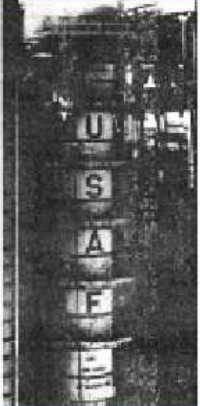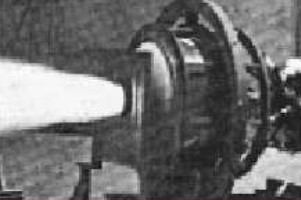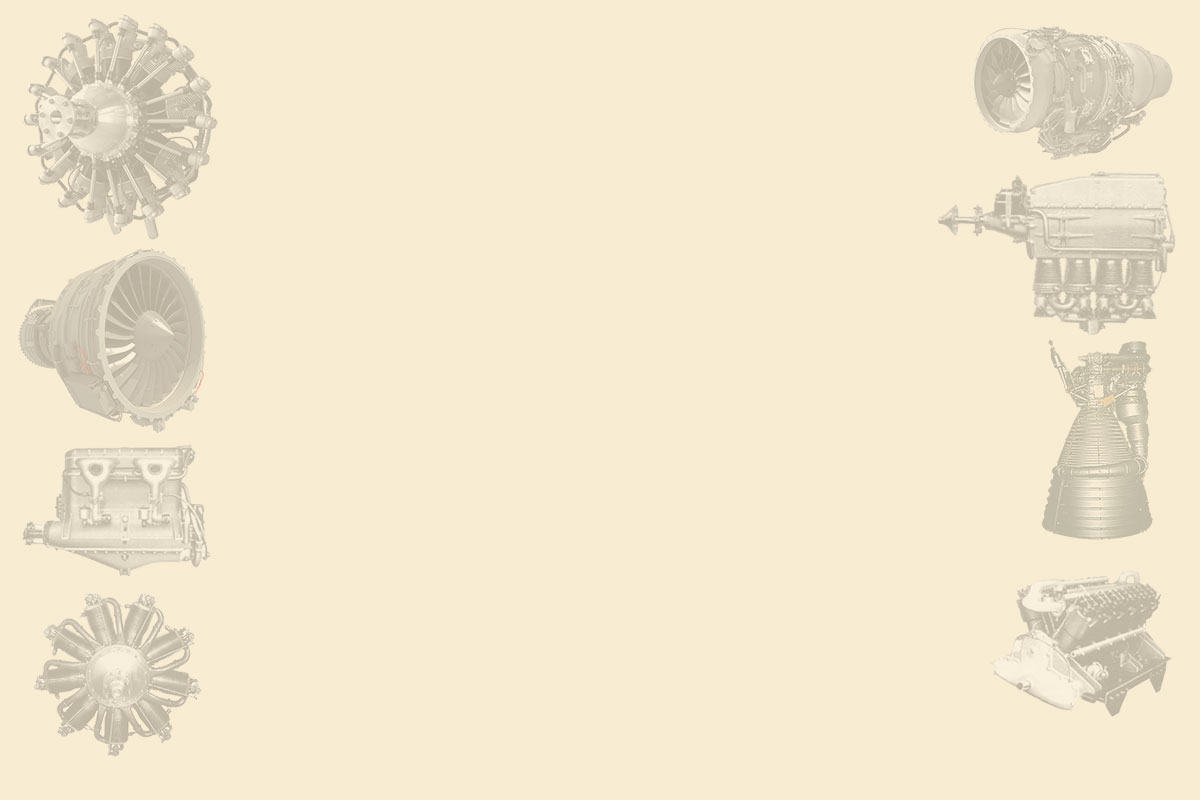Updated: 17-Jul-2025
See United Technologies. It is a Space Division of United Aircraft Corp.
-Dedicated to the research, development, and production of space propulsion systems. One of the first products was the Titan IIIC missile boosters, capable of delivering nearly one million pounds of thrust. It operated with solid propellant.

"Titan IIIC Booster Test" (PiP)
-Other rocket engines have been produced (such as the UA-), testing various hybrids, such as the one used in the Beechcraft Hast target aircraft.
-The engine ran on polybutadiene and polymethacrylate with nitric acid as an oxidizer.
-Thrust could be regulated from 120 to 12,000 lbf with a Ramair jet developed by Marquardt.
-Hybrid engines have been used in the final stages of missiles for deep-space missions.
-They used lithium/hybrid lithium/polybutadiene granules and liquid fluorine/liquid oxygen as an oxidizer.
-It also had liquid-fueled engines as propellant, using a 50/50 mixture of hydrazine and asymmetric dimethyl hydrogen with nitrogen tetroxide.

“UTC, FW5”
-The FW5 and FW4S. The latter was used in the final stage of the Scout launcher, a space rocket from the 1960s. It provided 6,000 lbf of thrust for 60 seconds.
From Appendix 9: It is the United Technical Center (see main text). It has at least one rocket engine, the SR-55. Solid-fueled, as its reference indicates, “Solid-Rocket.”
Motores de UTC. UNITED TECHNOLOGY CENTER
Model: FW-5
Arquitecture:
Chambers:
Fuels:
Feed System:
Ignition:
Thrust:
Weight:
Model: FW4S
Arquitecture:
Chambers:
Fuels:
Feed System:
Ignition:
Thrust:
Weight:
Model: SR-55
Arquitecture:
Chambers:
Fuels:
Feed System:
Ignition:
Thrust:
Weight:


